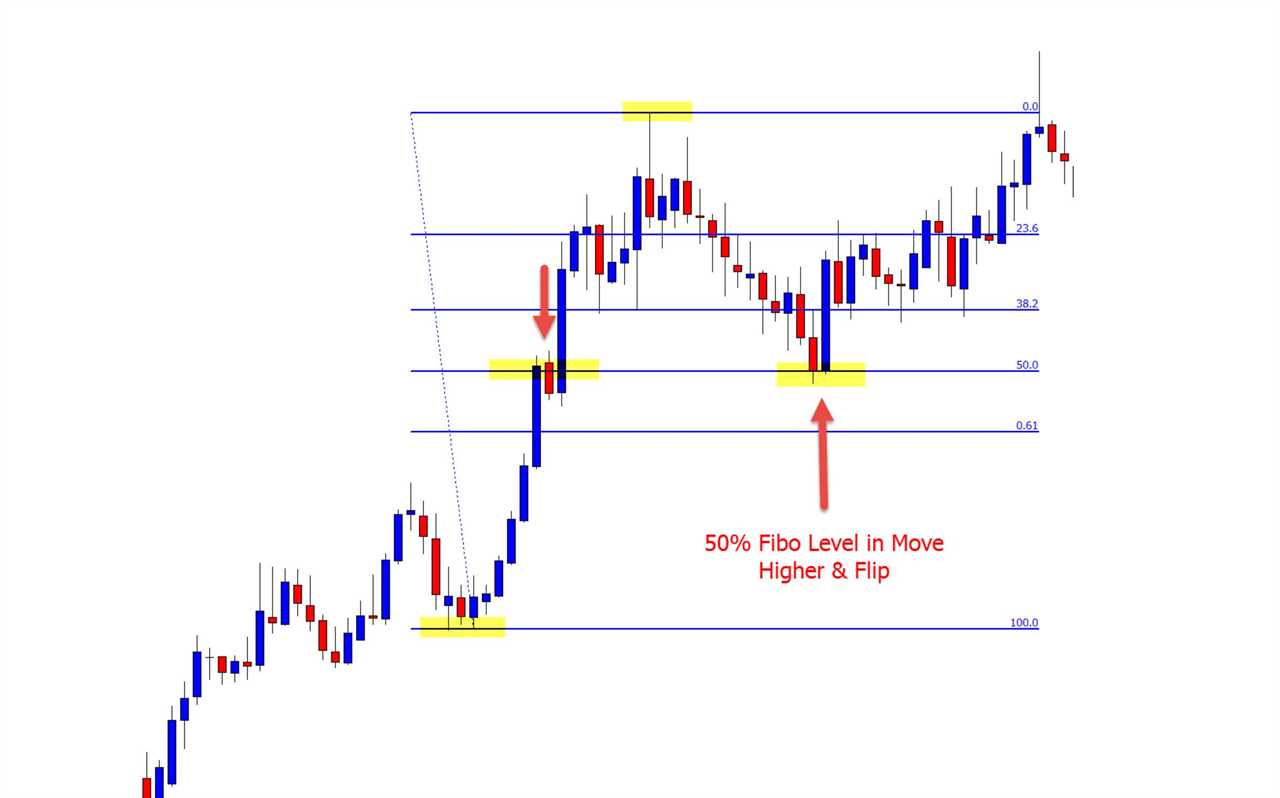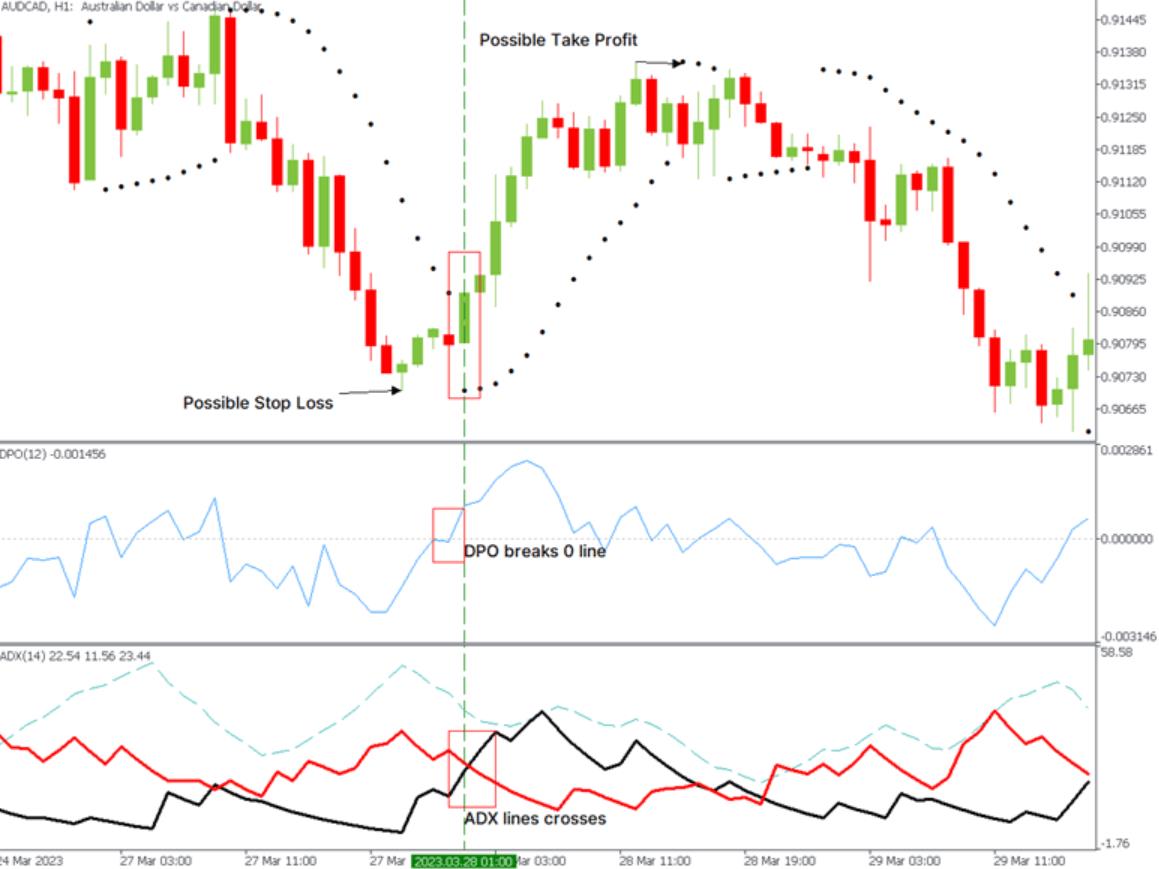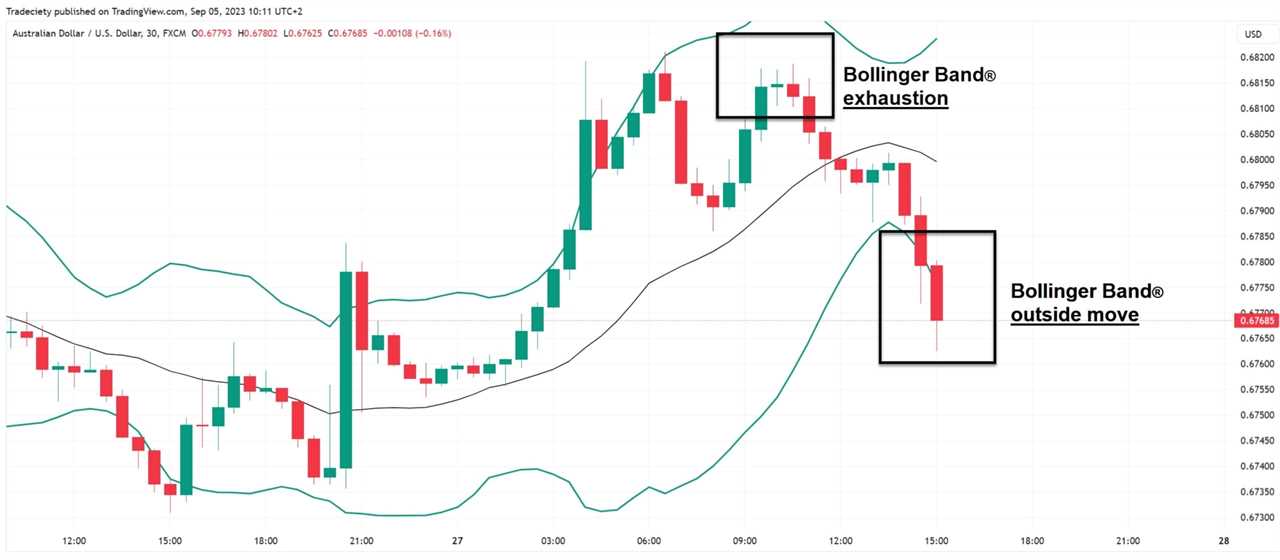||
Many forex traders struggle to find good swing trading strategies. Swing trading is a popular style that aims to profit from price swings. This article will share top swing trading strategies for forex traders.
Learn how to boost your trading success today.
Key Takeaways
- Swing trading aims to profit from price swings in forex markets over days or weeks.
- Top different strategies include Market Structure, Fibonacci Retracement, Trend-Based Indicators, Bollinger Bands, and Range Trading.
- Traders use tools like EMAs, RSI, MACD, and Bollinger Bands to spot good entry and exit points.
- Proper risk management with stopping losses and taking profit levels is key for success.
- Swing trading offers flexibility, higher profit potential, and a balance between short-term and long-term trading conditions styles.
Top Swing Trading Strategies for Forex Traders
Forex traders use many swing trading guide plans. These plans help them make money in the market.
Market Structure Strategy
Market Structure Strategy uses price action and chart patterns. It looks at support, resistance, swing highs, and swing lows is formed. Traders spot these points on charts to make choices. They find good times to buy or sell.
A EUR/USD chart shows how this works. Point A is a higher high. Point B is a higher low. Point C is a lower high. Point D is where traders enter. They put stops above the high at Point A.
This gives a good risk-to-reward ratio. Traders can also trail their stops as the trade moves.
Fibonacci Retracement Strategy

Fibonacci Retracement Strategy uses key levels to spot potential reversals in forex trends. Traders draw lines between swing highs and lows at 23.6%, 38.2%, 50%, 61.8%, and 78.6% levels.
These act as support and resistance zones. For example, on a EUR/USD 4-hour chart, entries occur when the price pulls back to the 61% or 75% level. Stop losses go at 100% or the swing high.
Profit targets aim for -38% and -61% levels.
This method works best with other tools like RSI or MACD for confirmation. It helps find good entry and exit points in trending markets. Traders can boost accuracy by watching how price reacts at these key levels.
Next, we’ll explore the Trend-Based Indicator Strategy for swing trading forex.
Trend-Based Indicator Strategy

Trend-Based Indicator Strategy uses tools to spot market trends. Traders often pick Exponential Moving Averages (EMAs) for this job. A common setup pairs a 25-period EMA with a 10-period EMA.
The slower 25-period EMA tracks longer trends. The faster 10-period EMA catches quick changes. Traders enter when the fast EMA crosses the slow one. They exit when the EMAs cross back.
This method aims to ride full-trend movements.
Stop losses and protect traders from big losses. Most place their stop at the last popular swing low before the EMA cross. This strategy works best on higher timeframes. It helps catch major price swings in forex pairs.
Next, we’ll explore another popular approach: the Bollinger Bands Strategy.
Bollinger Bands Strategy

Bollinger Bands offers a simple yet powerful swing trading strategy. This tool uses three lines on a price chart: a middle line (20-period SMA) and two outer bands. Traders enter when prices cross the midline, set stop-loss below the lower band, and take profit at the upper band.
This method works best in ranging markets but needs caution in trends.
Forex traders can use Bollinger Bands to spot potential entry and exit points. The bands expand and contract based on market volatility, helping traders gauge price movements. While effective, this strategy requires careful risk management and an understanding of market conditions for success.
Range Trading Strategy
Range style of trading works well in sideways markets. Traders’ spot price swings between support and resistance levels. They buy low near support and sell high near resistance. This strategy uses historical data to find these key price points.
A good example shows how it works. Price bounces between a top resistance (A) and a bottom support (B). It moves up and down from C to D before breaking out. After hitting E, it falls back into the range at F.
Smart traders mix this with candlestick patterns for better results.
Advantages of Swing Trading in Forex
Swing trading in forex offers unique perks. It strikes a balance between short-term and long-term trading styles, giving traders more options.
Medium-Term Trading Opportunities
Forex swing trading offers great chances for medium-term profits. Traders hold positions for 2 days to several weeks, catching larger price moves. This style fits between quick-day trades and long-term investments.
It lets traders plan better and adjust as needed.
Swing trades work well with forex markets. The 24-hour trading and high liquidity help traders enter and exit easily. Technical analysis guides decisions on when to buy or sell. Next, we’ll look at the benefits of a swing trading plan in forex.
Flexibility with Time Commitments
Swing trading offers great flexibility for busy people. Traders can analyze markets for a few hours each night after work or school. This style suits those who can’t watch charts all day.
It lets them hold trades for several days, fitting around other commitments.
Traders enjoy less stress with types of swing trading. They make fewer trades but focus on quality setups. This approach allows for a better work-life balance. Swing traders can still tap into forex markets without sacrificing their daily chart routines or sleep schedules.
Potential for Higher Profits
Swing trading in forex offers bigger profit chances. Traders aim for wider price swings over days or weeks. This lets them set larger targets, often 2-3 times their risk. Larger targets help offset trading costs like spreads.
It also allows trading less liquid currency pairs.
Success in swing trading hinges on a high win-to-loss ratio. Traders need more winning trades than losing ones. They use both technical and fundamental analysis to spot good trade setups.
This combo helps predict price moves in currency pairs. It boosts the odds of catching profitable “swings” in medium-term trends.
Key Tips for Successful Swing Trading
Swing trading success hinges on key tips. These tips boost profits and cut risks in forex markets.
Align Trades with Market Trends
Traders must match their trades with the market’s direction. This means buying in uptrends and selling in downtrends. Smart traders spot “swing lows” to buy during uptrends. They look for “swing highs” to sell in downtrends.
This strategy boosts the odds of success in forex trading strategy.
Market structure plays a key role in this approach. Traders use price action trading, chart patterns, and doji candles to spot trends. They also rely on technical analysis to find good trade chances.
EMAs on higher time frames help identify strong trends. This method works well for medium-term trades in the forex market.
Use Technical Indicators Effectively
After aligning trades with market trends, traders must use technical indicators effectively. These tools help spot potential entry and exit points. Popular Trading indicators include RSI and MACD.
The RSI measures overbought or oversold conditions. It ranges from 0 to 100. Values above 70 suggest overbought markets. Values below 30 indicate oversold conditions. MACD tracks momentum changes.
It uses two moving averages to generate buy or sell signals.
Bollinger Bands offers another useful strategy. They consist of three lines: a middle 20-period simple moving average and two outer bands. The outer bands sit two standard deviations above and below the middle line.
These bands help identify swing potential breakout trading and reversals. Traders can combine multiple indicators for better results. For example, an RSI below 30 with a price near the lower Bollinger Band may signal a strong buy opportunity.
Manage Risks with Stop Loss and Take Profit Levels
Stop losses and take profit levels are key tools for risk management in swing trading might. Traders set stop losses to limit potential losses if the market moves against their position trading.
For example, in a EUR/USD trade, a stop loss might be placed above the market high at Point A. Taking profit levels helps lock in gains when price targets are reached. Larger stop losses are often needed for longer trades to account for market swing traders prefer.
Setting proper stop loss and take profit levels requires careful analysis of market structure and trends. In a Fibonacci retracement strategy, stops are typically set at the 100% Fibonacci level or recent swing high.
For trend-based indicator best strategies, stops are often placed at the swing low before an EMA crossover. Next, we’ll explore some key tips for successful swing traders is a style in forex markets.
Conclusion
Swing forex traders a balanced approach. It blends short-term gains with longer-term stability. Traders can use market structure, Fibonacci, and trend-based strategies.
These methods help spot good entry and exit points. With practice, traders can master these techniques and boost their forex success.
||
-----------------------------------------------------
By: Tim Morris
Title: Top Swing Trading Strategies For Forex Traders
Sourced From: forexmt4indicators.com/swing-trading-strategies-for-forex-traders/?utm_source=rss&utm_medium=rss&utm_campaign=swing-trading-strategies-for-forex-traders
Published Date: Sat, 15 Feb 2025 01:00:39 +0000
Read More
.png) InvestingStocksToolsClubsVideosPrivacy PolicyTerms And Conditions
InvestingStocksToolsClubsVideosPrivacy PolicyTerms And Conditions
